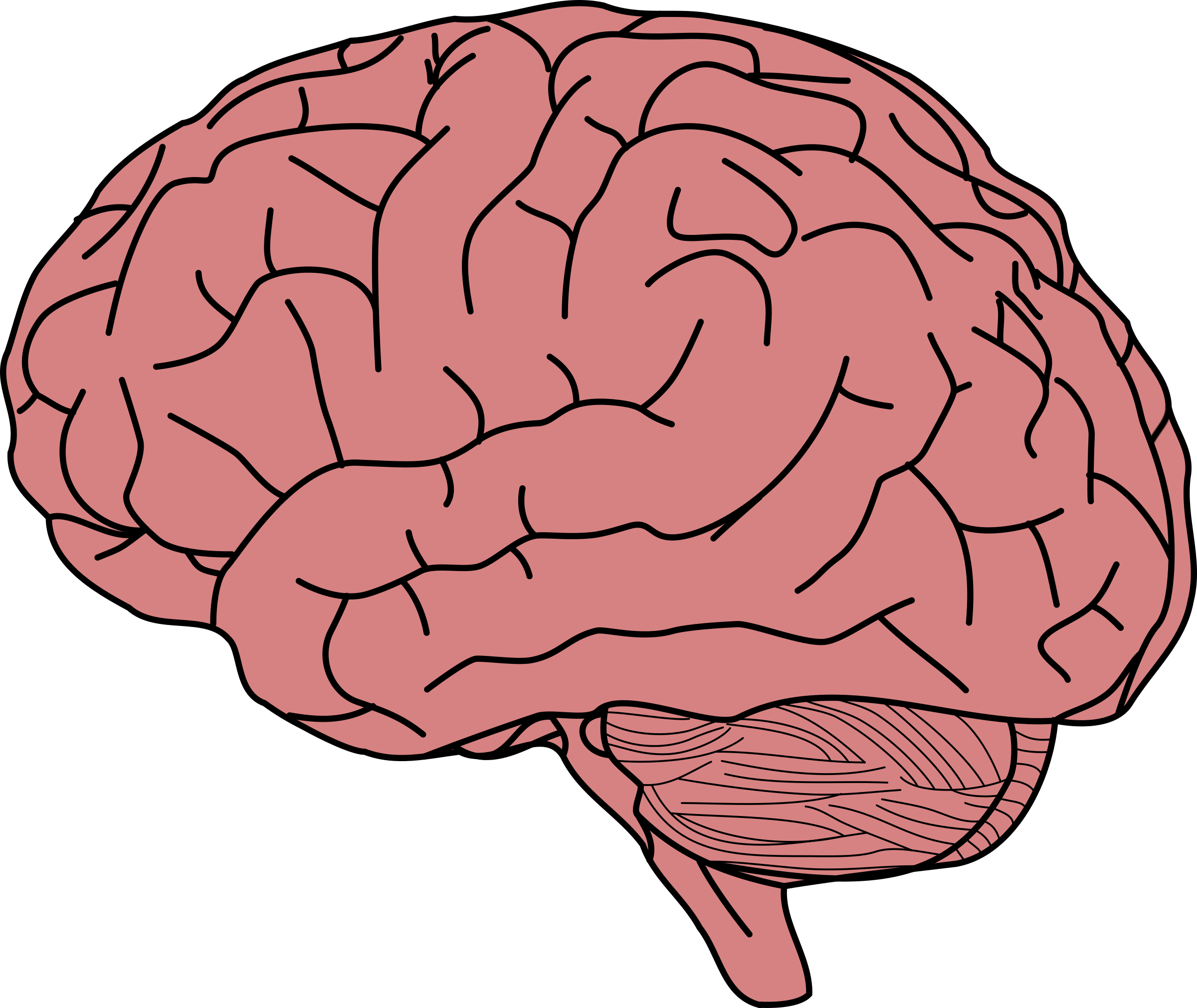

The brain communicates with the majority of the body through the spinal cord. The brain sends chemical and electrical signals throughout the body to regulate different biological functions and sense environmental changes. The brain is composed of three main structures, the cerebrum, cerebellum, and brain stem. It can be particularly difficult to come to terms with the diagnosis, especially if a person can see their loved one breathing and showing signs of life. Brain death is a traumatic experience for everyone involved. The heart has a separate electrical system from the brain, which is why it still beats for a short while after brain activity stops.ĭoctors will carry out many tests before reaching a diagnosis of brain death.
To sustain life, doctors place the person on artificial life support to keep the heart and lungs working. A person can technically be alive after brain death, but they will never regain consciousness. When people damage different parts of the brain, they may notice changes in their personality, movement, vision, sleep, and other important bodily functions.Ī traumatic brain injury or stroke are some conditions that cause brain death. The brain is the command center that controls the nervous system. CDC does not currently offer information on every prion disease listed below.Share on Pinterest Andriy Onufriyenko/Getty Images Listed below are the prion diseases identified to date. Prion diseases are usually rapidly progressive and always fatal. The abnormal folding of the prion proteins leads to brain damage and the characteristic signs and symptoms of the disease.

The functions of these normal prion proteins are still not completely understood. The term “prions” refers to abnormal, pathogenic agents that are transmissible and are able to induce abnormal folding of specific normal cellular proteins called prion proteins that are found most abundantly in the brain. The causative agents of TSEs are believed to be prions. They are distinguished by long incubation periods, characteristic spongiform changes associated with neuronal loss, and a failure to induce inflammatory response. Prion diseases or transmissible spongiform encephalopathies (TSEs) are a family of rare progressive neurodegenerative disorders that affect both humans and animals.


 0 kommentar(er)
0 kommentar(er)
